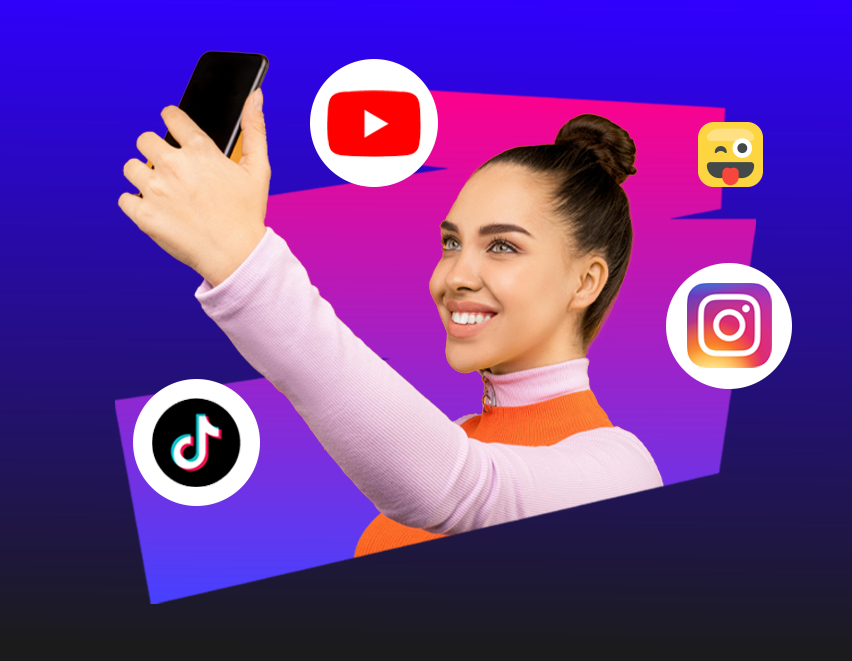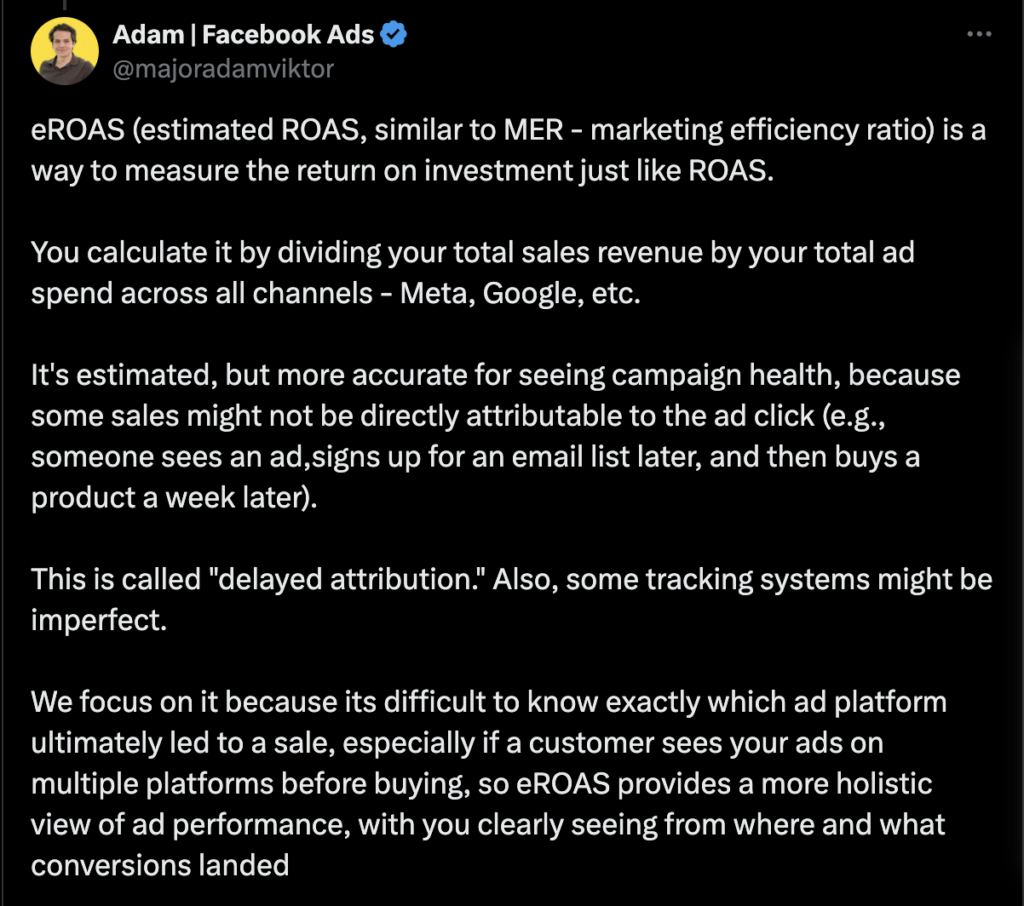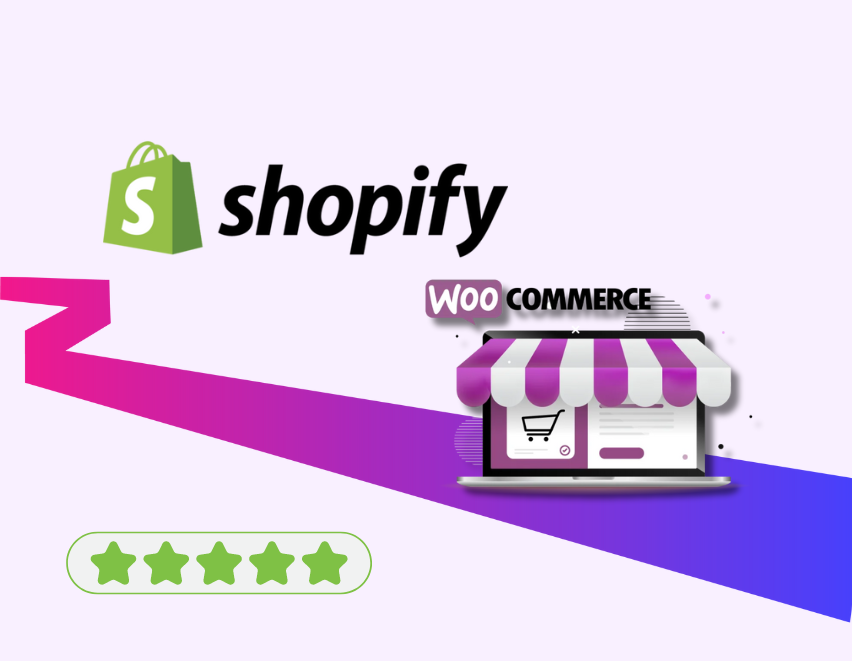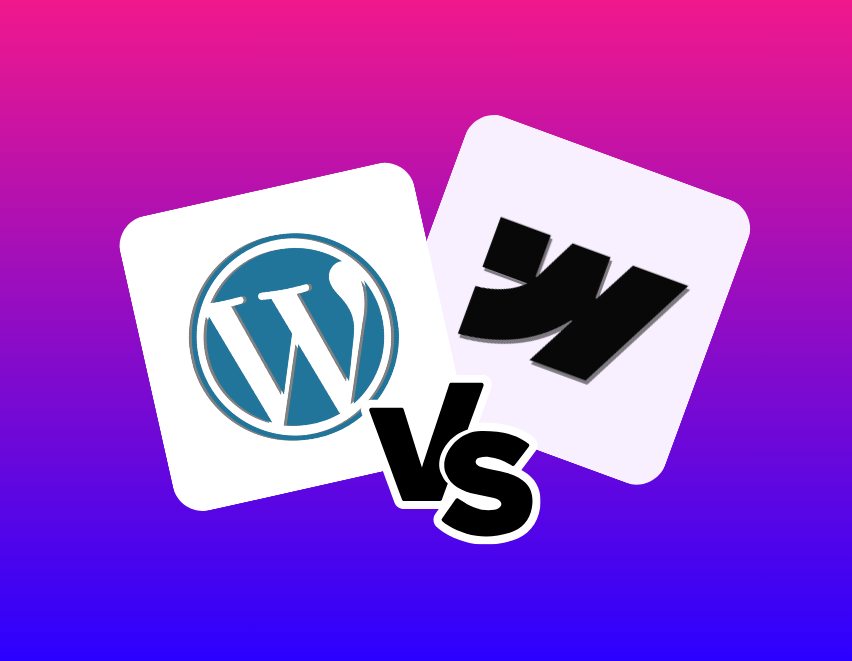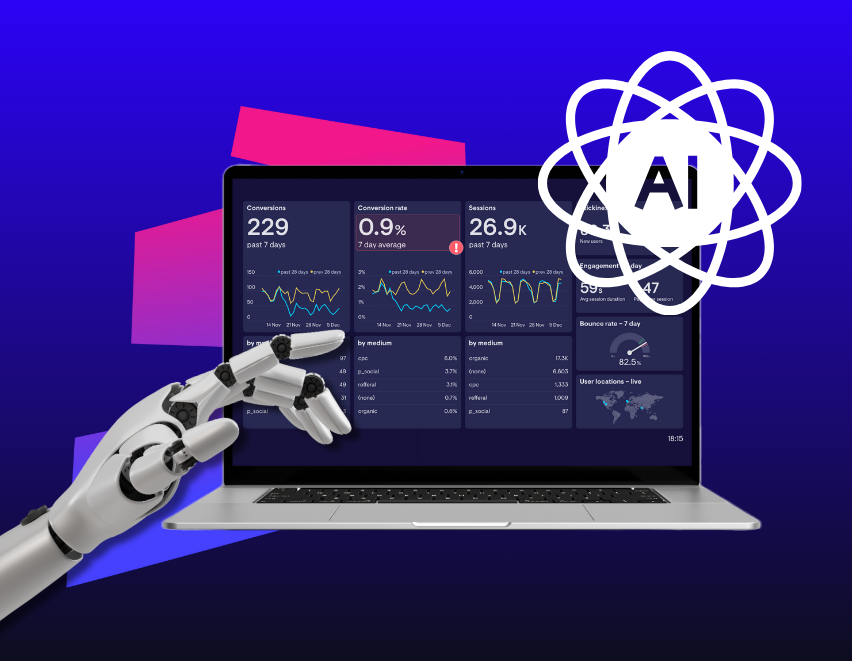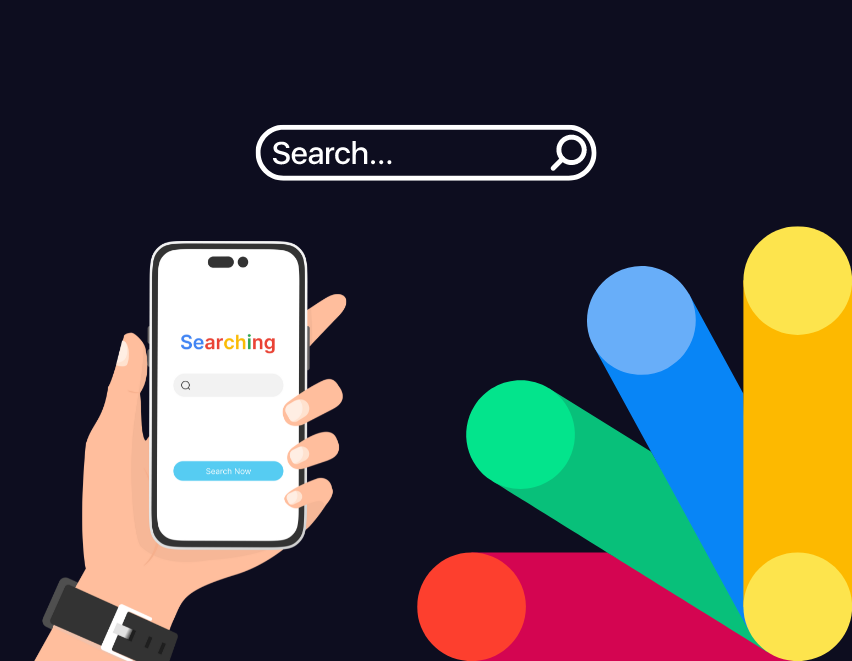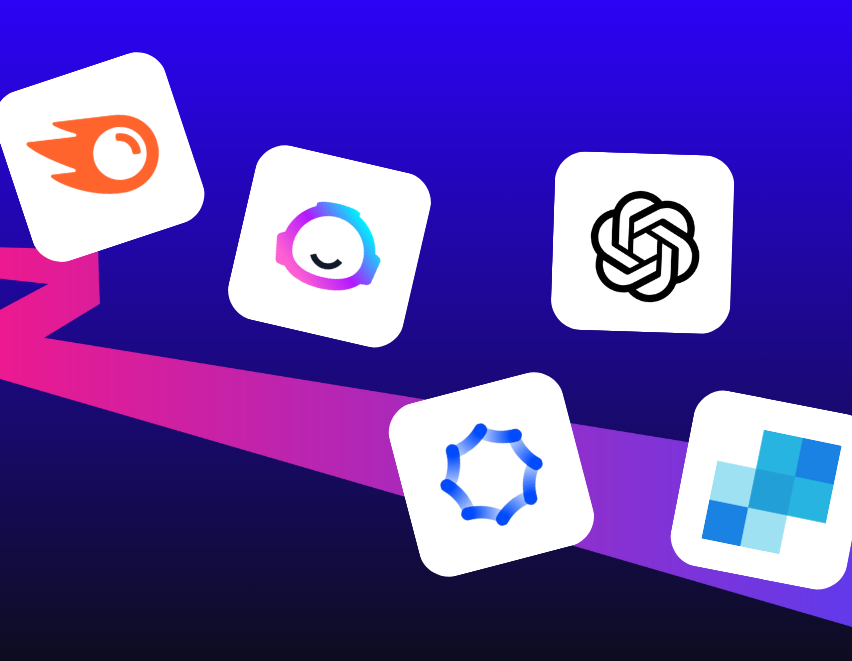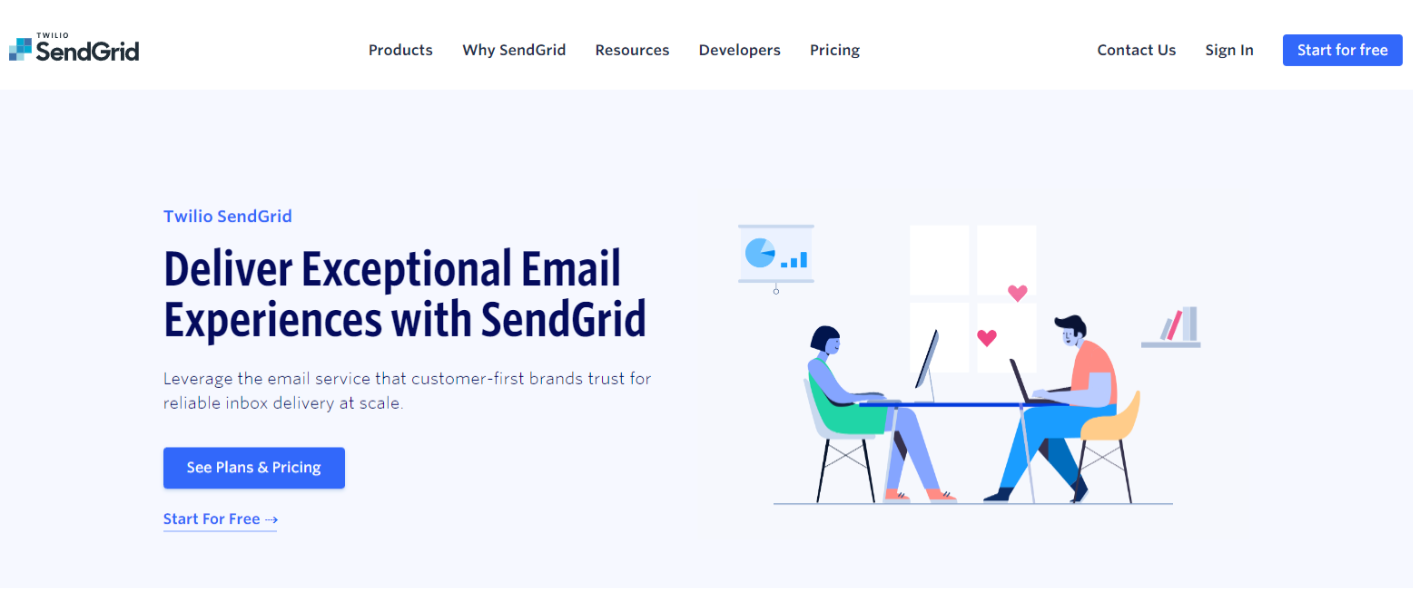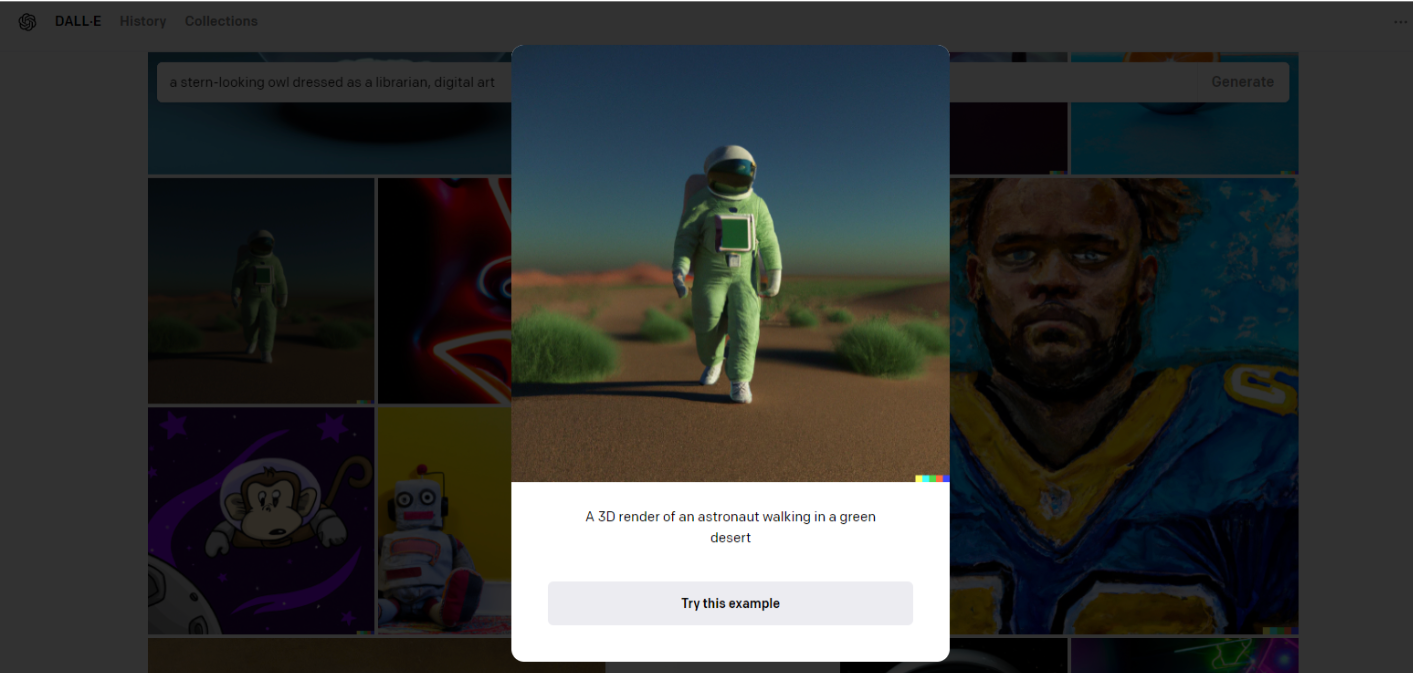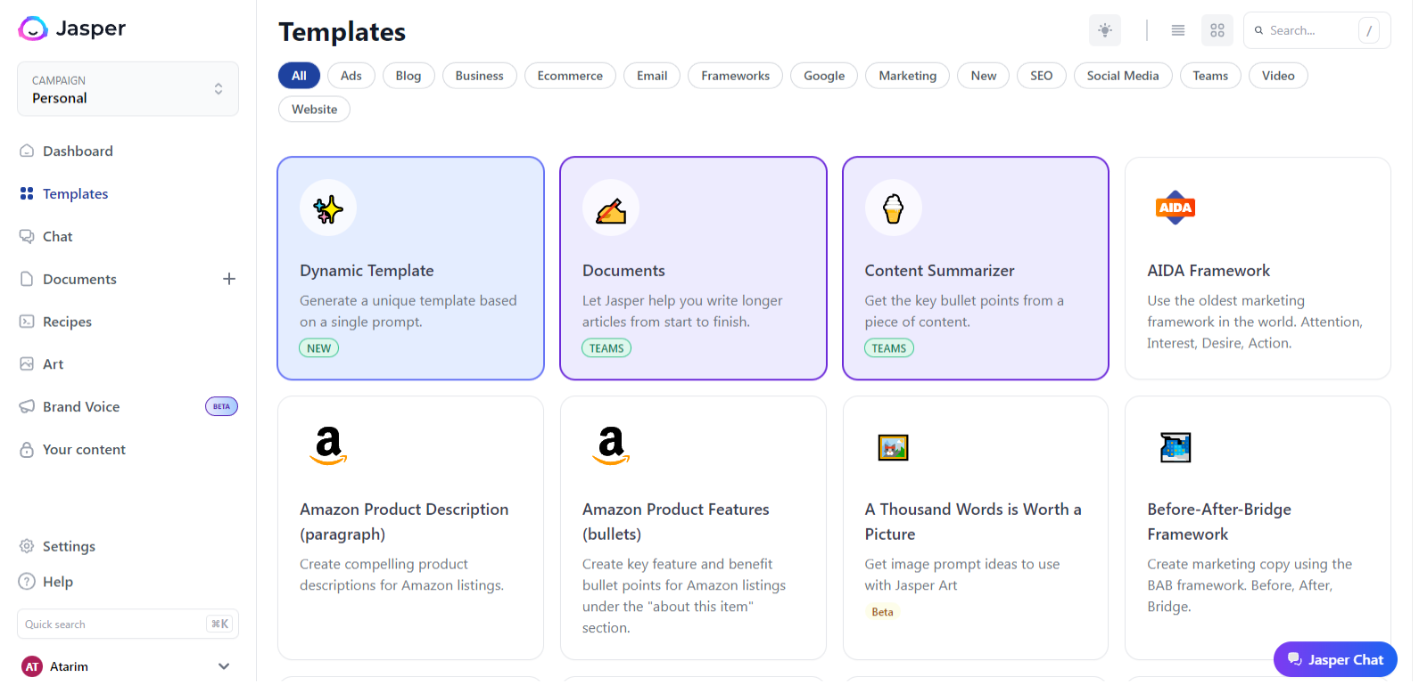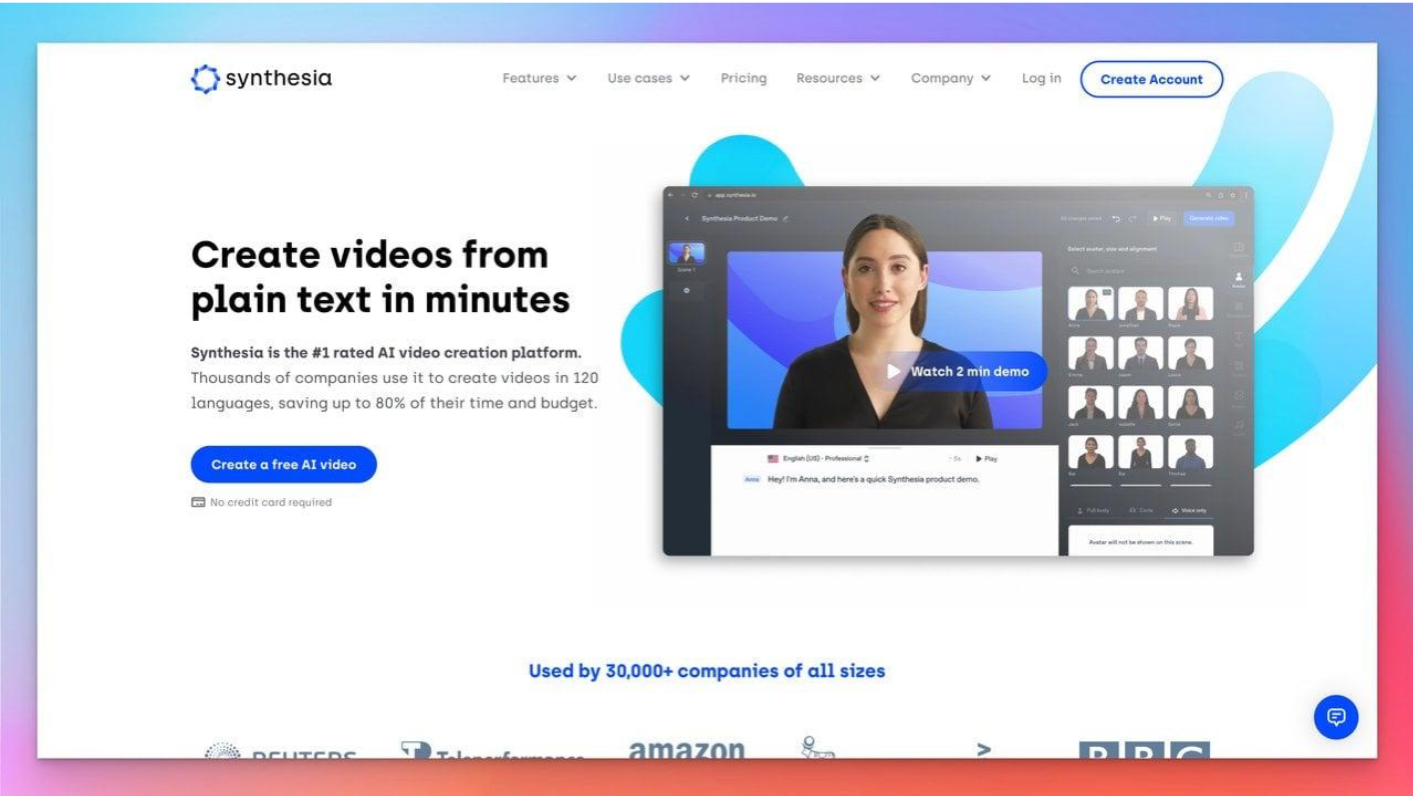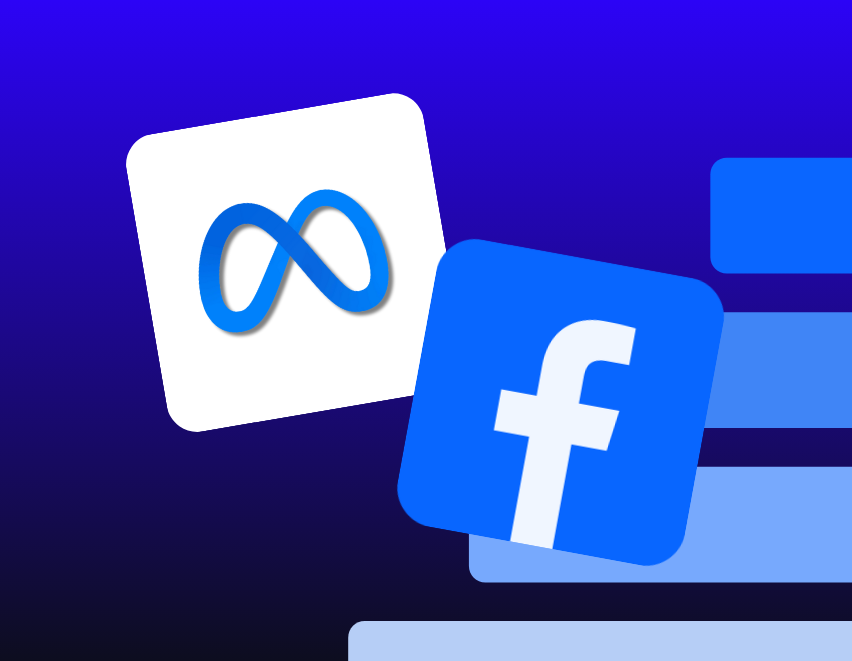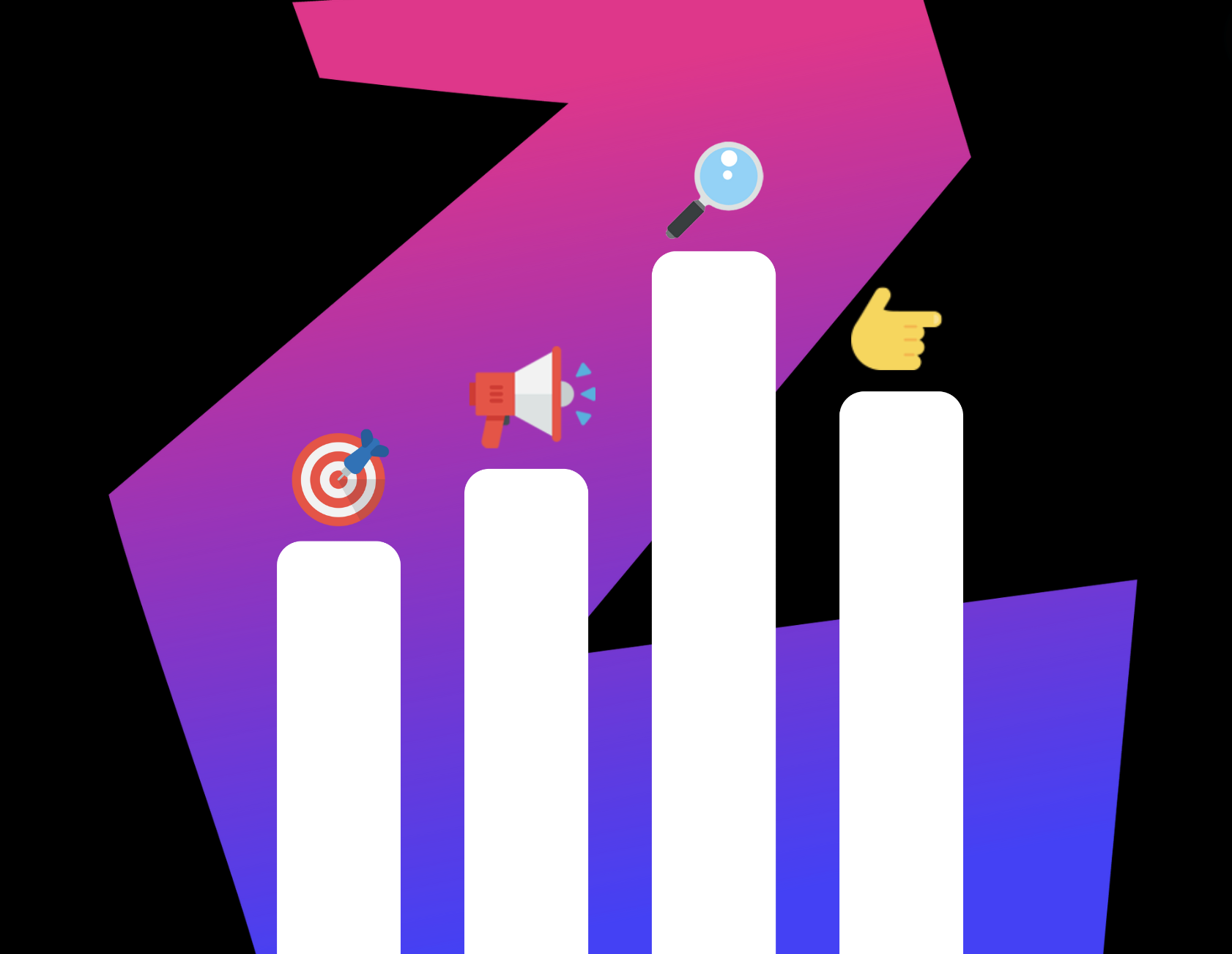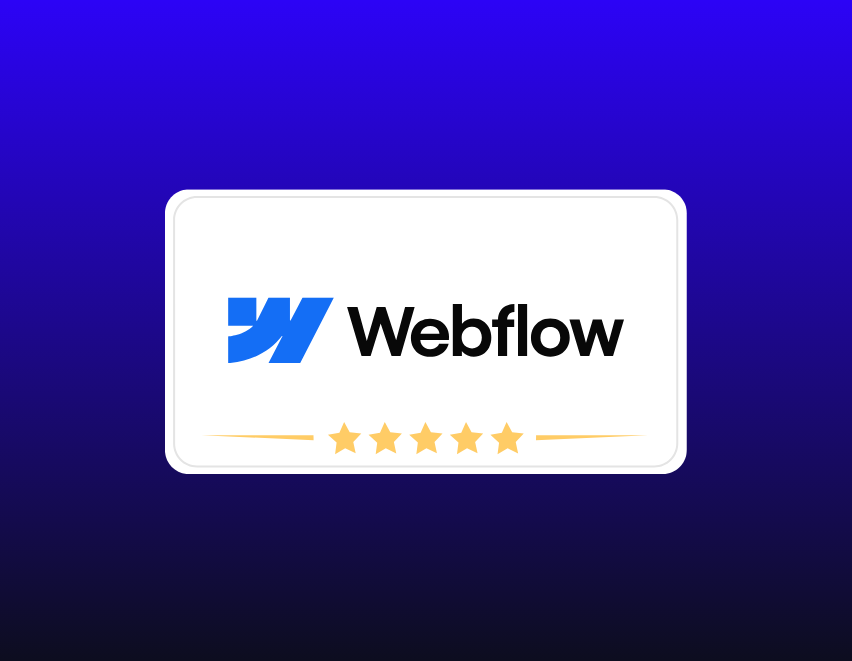Trends that are redefining an already booming creators’ economy…
Despite the economic challenges of the post-COVID world, influencer marketing and creators’ economy is worth $250 billion and is anticipated to leap to an impressive $480 billion by 2027, according to Goldman Sachs estimates.
As the popularity and demand for creators continue to grow; marketers are expected to increase their spend and double down on their strategies. Whilst the trends this year draw heavily from the practices of last year; campaigns are certainly about to become more granular and focused on refined strategies.
In this report, we take you through what’s trending in the creator realms and look at what is expected to shape up the influencer marketing industry in the coming months. From popular platforms to inventive content strategies, we unravel trends that will reign supreme in this world where influence is currency.
1. Harnessing sub-cultures and niche communities
As the industry grows, creators who are immersed in cultural conversations and can speak directly to relevant consumer groups in a meaningful way will be preferred. Brands now see value in targeting specific communities that resonate and build loyal, engaged audiences. To truly resonate with customers in more nuanced spaces, marketers are now looking to explore the subcultures and niche conversations most likely to connect with their audience and truly drive action.
Creators who are proactive within cultural spaces will be key to navigating this effectively. Specificity will now be key. Influencer intelligence will help brands harness subcultures by identifying the right talent that can help them lead relevant conversations through detailed data analysis.
For example; Supreme leverages its roots in the skateboarding subculture by collaborating with skaters and artists. Their limited edition drops and influencer partnerships create hype and exclusivity.
Tool suggestions:
AspireIQ: Helps brands identify and manage relationships with creators in specific niches.
HYPR: Provides detailed data and analytics to find influencers who resonate with the brand and its audience.
2. Micro, nano influencers and content creators
It is important to note that the terms aren’t mutually exclusive, and many individuals may identify as both content creators and influencers based on their activities and goals in the digital space. These terms are fluid, and individuals prioritise different aspects of content creation and influence depending on their niche, approach, and the evolving digital landscape.
Influencers and creators who value authenticity over aesthetics enhance the resonance and relatability aspect of branded content. Content creators like these give brands unique access to niche audiences and intimate communities. They are known to have the most committed communities, providing access to authentic product recommendations. These people cultivate spaces where shared interests and authentic dialogue thrive.
This trend has effectively redefined the essence of being a social media influencer, focusing on resonance within communities rather than reach, thus democratising the space and reshaping the archetype.
Example: Bite Toothpaste Bits works with nano-creators to promote their eco-friendly toothpaste, emphasising authenticity and sustainability.
Tool suggestion: Use platforms like AspireIQ or Traackr to find and manage influencers and content creators, ensuring effective and efficient collaborations.
3. Niche gets nicher
As influencer marketing matures, brands are increasingly focused on hyper-targeted niches to reach high-intent, engaged audiences. This approach allows for more personalised and effective marketing campaigns. In order to drive brand engagement and awareness amongst specific niches, brands are also beginning to recognise the value and importance of choosing the right creators as messengers for the right brands.
For example, the beauty tech brand, Foreo, leverages AI to streamline its creator selection and campaign management, resulting in highly targeted and successful marketing efforts.
Tool suggestion: HypeAuditor uses AI to provide in-depth analytics and insights on influencers, helping you identify the best partners for your brand within specific niches. It ensures you collaborate with authentic creators by detecting fraudulent activity.
4. The rise and rise of livestream shopping
Live shopping events, where influencers showcase products in real-time, are becoming an increasingly popular way to drive engagement and sales. This format combines entertainment with a seamless shopping experience. Amazon or Instagram Lives, where creators host live product demonstrations and answer questions from viewers, have significantly boosted real-time shopping engagement whilst also leveraging their reach and credibility.
Statistics on live shopping reveal a clear preference shift, with a growing number of people favouring live streams for social media purchases. Gen Z (another trend this year) led this survey with approximately half (47%) of consumers having made a livestream purchase in both the US and UK.
Tool suggestion: Obviously then, as a response to these statistics, major platforms like Amazon, Facebook, TikTok, and Instagram have invested in livestream shopping tools and collaborations. Instagram’s Live Shopping feature, for instance, enables users to make direct purchases during a live session, offering an immersive way for shoppers to explore and acquire products
5. Fewer filters, less curation, more authenticity
Consumers are more likely to trust and engage with brands that are genuine and transparent in their communications. Consumer attitudes toward influencer marketing are certainly focused on authenticity, unpolished content, raw cuts, and long-term collaborations. Behind-the-scene content, upper-funnel content with brand values and mission helps consumers resonate with the brand, which in turn helps build trust.
Example: Warby Parker, an eyewear brand, has effectively utilised authenticity in its influencer marketing strategy through its Home Try-On program. This program allows customers to select five frames to try at home for free, sharing their honest opinions and experiences on social media. The brand also encourages customers to share photos and videos of themselves trying on different frames at home. This content is often shared on social media, showcasing real people in their everyday environments. A great example of authenticity and transparency in creator marketing.
6. Diversity and inclusivity will be critical
Diversity and inclusion are critical components of modern marketing strategies and the same is true for influencer marketing. Brands that prioritise representation in their campaigns resonate better with a broader audience.
Fenty Beauty for instance has an inclusive makeup range and runs diverse marketing campaigns that have set a new standard for representation in the beauty industry.
Another brand that is big on diverse model representation is Glossier. They frequently collaborate with influencers from diverse backgrounds to promote their products, ensuring representation across different ethnicities, skin types, and personal styles.
7. B2B influencers will have a moment
B2B influencer marketing is growing in popularity as businesses recognise the value of partnering with industry experts and thought leaders. Business professionals, powered by their expertise and experience, provide credibility and reach within niche professional communities.
Example: HubSpot collaborates with marketing experts and influencers to share insights and promote their software solutions, establishing themselves as thought leaders. Mailchimp and Motion App also run collaboration campaigns through webinars and podcasts where professionals share the resources, systems and solutions they’ve built.
Tool suggestion: Apart from lead gen and inbound content marketing campaigns; businesses can also use tools like LinkedIn Sales Navigator to connect with B2B influencers, fostering professional relationships.
8. Gen alpha is here
As Gen Alpha (born in 2010 and onwards) begins to influence purchasing decisions, brands are now starting to tailor their social media marketing strategies to this young demographic. Influencer partnerships that appeal to both children and their parents are becoming increasingly important.
Reports by Influencer Intelligence and Digital Voices suggest that 49% of Gen Alpha trust influencers as much as they do family and friends for product recommendations. While 55% are influenced to purchase products their favourite YouTube or Instagram stars use. In a report by Ofcom it was cited that among 3-17 year olds, YouTube was the most popular amongst 88%, followed by TikTok (53%), Snapchat (46%), Instagram (41%) and Facebook (34%).
All of these reports are conclusive proof that there are already significant volumes of Gen Alpha consuming content on key platforms that work with creator marketing, presenting brands with a substantial opportunity within this demographic which is likely to become an important generational cohort by 2025.
Example: Ryan’s World, a popular YouTube channel featuring young creators, partners with brands like Colgate and Walmart to create engaging content for kids.
9. AI integration in influencer marketing
Unless you are choosing to live under a rock; we are all aware of the impact that generative AI has had on marketing and the same is true for Email marketing.
AI now plays an increasingly important role in the influencer marketing technology landscape. From recruitment to content generation and the use of virtual influencers; AI has revolutionised the creator economy in more ways than one. AI tools like HypeAuditor, and Traackr amongst others allow brands to identify, analyse, connect and collaborate with creators more effectively. These AI-driven platforms offer advanced data analytics, predictive modelling, and automation capabilities, making it easier for brands to execute precise and impactful influencer campaigns.
Example: The DTC brand Warby Parker utilises AI tools to identify and partner with micro-influencers who have highly engaged followers within the eyewear and fashion niche. This approach resulted in more targeted and authentic collaborations, driving significant engagement and sales.
10. Marketers are about to double up their investment in TikTok
Given its significant appeal to the younger users; 2024 projections indicate a continued surge in TikTok’s popularity among both influencers and brands.
Reports by TheB2BHouse suggest; that marketers are set to nearly double their spending on TikTok influencer marketing in just two years. What was estimated at nearly $800 million in 2022, the figure is predicted to surpass $1.3 billion by 2024, almost tenfold higher than the expenditure in 2020.
TikTok has managed to establish itself with over 1 billion users globally, a milestone surpassed only by Facebook, YouTube, WhatsApp, Instagram, and WeChat. It has been reported that an average global user spends an impressive 31 hours and 14 minutes on TikTok each month, surpassing other social platforms such as Instagram (13 hours and 49 minutes) and even YouTube (27 hours and 21 minutes). Obviously then, brands are keen on harnessing the power of UGC on TikTok to engage the new social-savvy consumers.
TikTok’s features like the TikTok Creative Exchange and Creator Marketplace, streamline connections between creators and brands, making it just the platform for influencer marketing.
Navigating the creators’ economy through these trends
This report highlights some innovative strategies that will help brands navigate the exciting influencer marketing space in the coming months.
Trends like harnessing cultures, niche content and live shopping events are about to cause a creative stir in the creator space and we can’t wait to see how brands will embrace and leverage these trends.
This report also underscores the importance of authenticity, diversity, and AI integration in influencer campaigns going forward. All of these will be key content strategies for brands to form authentic connections with their target audiences.

